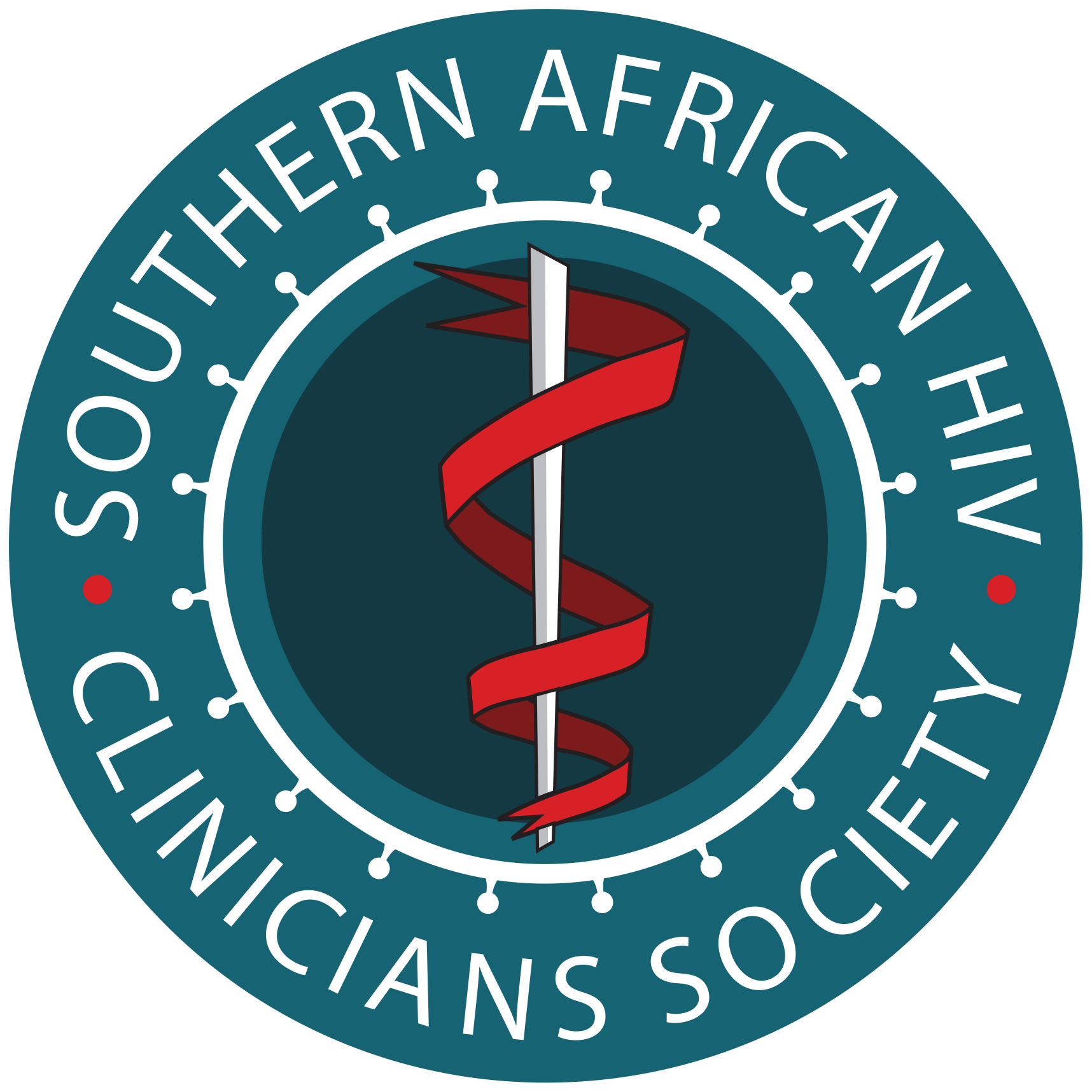ART Guidelines
References

 Key points
Key points - There are several drug interactions between antimalarial agents and ART drugs.
- No artemether-lumefantrine dose adjustment is recommended for patients taking PIs or InSTIs.
- EFV has a significant drug interaction with artemether-lumefantrine (Coartem) such that artemether (and its active metabolite) and lumefantrine concentrations are lowered, which can lead to failure of antimalarial therapy. Consider extending the course of artemether-lumefantrine to 6 days if administered concurrently with EFV.
- PIs and NNRTIs exhibit several interactions with atovaquone-proguanil (Malanil) such that atovaquone concentrations are reduced – atovaquone-proguanil is best avoided in patients receiving these drugs.
- There are no significant drug interactions between InSTIs (DTG) and antimalarial drugs.
- Quinine is best avoided in patients on PIs or NNRTIs.
No significant drug interactions are predicted between InSTIs and antimalarial drugs.
However, there are several drug interactions between antimalarials and other ART classes (see Table 25). EFV significantly lowers the concentrations of artemether (and its active metabolite) and lumefantrine (the two components of Coartem), which is likely to increase the risk of failure of antimalarial therapy. There is no clear guidance on how to overcome this interaction, but some experts recommend repeating the 3-day course of artemether-lumefantrine (i.e. treat for 6 days). Boosted PIs dramatically increase the plasma concentrations of lumefantrine, but a dose reduction is not recommended, as the toxicity threshold of lumefantrine seems to be high. Close monitoring for toxicity is recommended when co-administering artemether-lumefantrine with ART.
Among drugs used for malaria chemoprophylaxis, there are no clinically significant pharmacokinetic interactions between ARVs and mefloquine or doxycycline. However, mefloquine and EFV both cause frequent neuropsychiatric side-effects; therefore, doxycycline is the preferred chemoprophylactic agent for patients receiving EFV. There are several interactions with atovaquone-proguanil (Malanil) however. Atovaquone concentrations are reduced by PIs and EFV, and also likely by NVP. Proguanil concentrations are also reduced by PIs and EFV. Use of atovaquone-proguanil is therefore best avoided in patients receiving PIs or NNRTIs.
| TABLE 25: . Important drug-drug interactions between antimalarial agents and antiretroviral drugs. | |||
| Drug | Antimalarial agent | Direction of interaction | Recommendation |
|---|---|---|---|
| InSTI | Artemether-lumefantrine | No interaction | Safe to co-administer |
| Atovaquone-proguanil | No interaction | Safe to co-administer | |
| EFV | Artemether-lumefantrine | ↓ artemether and lumefantrine concentrations | Use but consider repeating the 3-day course of artemether-lumefantrine |
| Atovaquone-proguanil | ↓ atovaquone and proguanil concentrations | Avoid co-administration | |
| PI/r | Artemether-lumefantrine | ↑ lumefantrine concentrations | No dose adjustment necessary |
| Atovaquone-proguanil | ↓ atovaquone and proguanil concentrations | Avoid co-administration | |
|
ART, antiretroviral therapy; EFV, efavirenz; InSTI, integrase strand transfer inhibitor; NVP, nevirapine; PI/r, ritonavir-boosted protease inhibitor. |
|||

Common pitfalls:
- Not advising patients receiving ART on chemoprophylaxis for malaria when travelling to malaria-endemic areas
- Not including malaria in the differential diagnoses in PLHIV presenting with an acute illness.
- Not providing ART recipients with intravenous artesunate or artemether-lumefantrine for malaria treatment despite the potential drug interactions.
